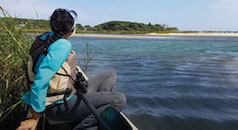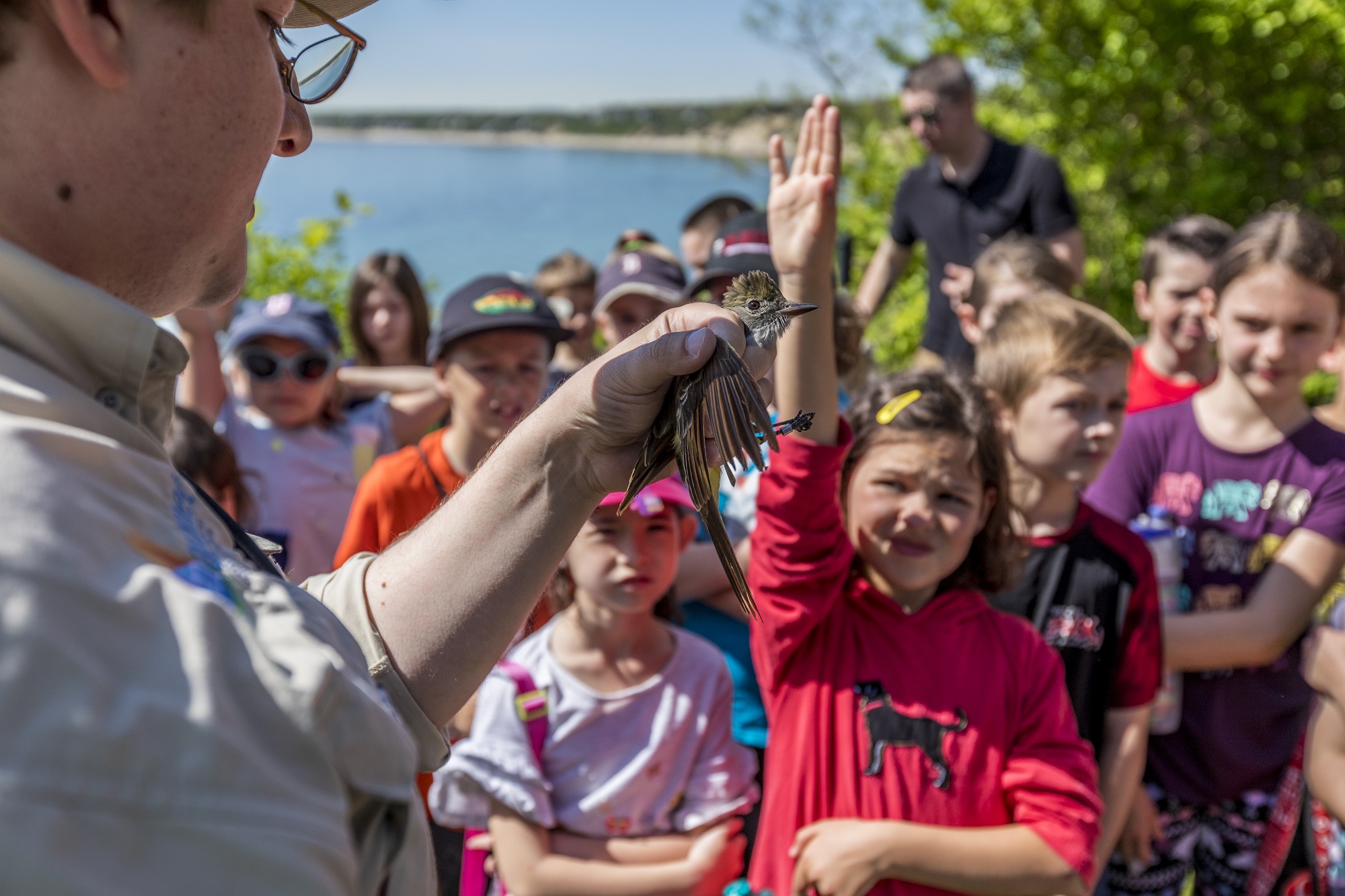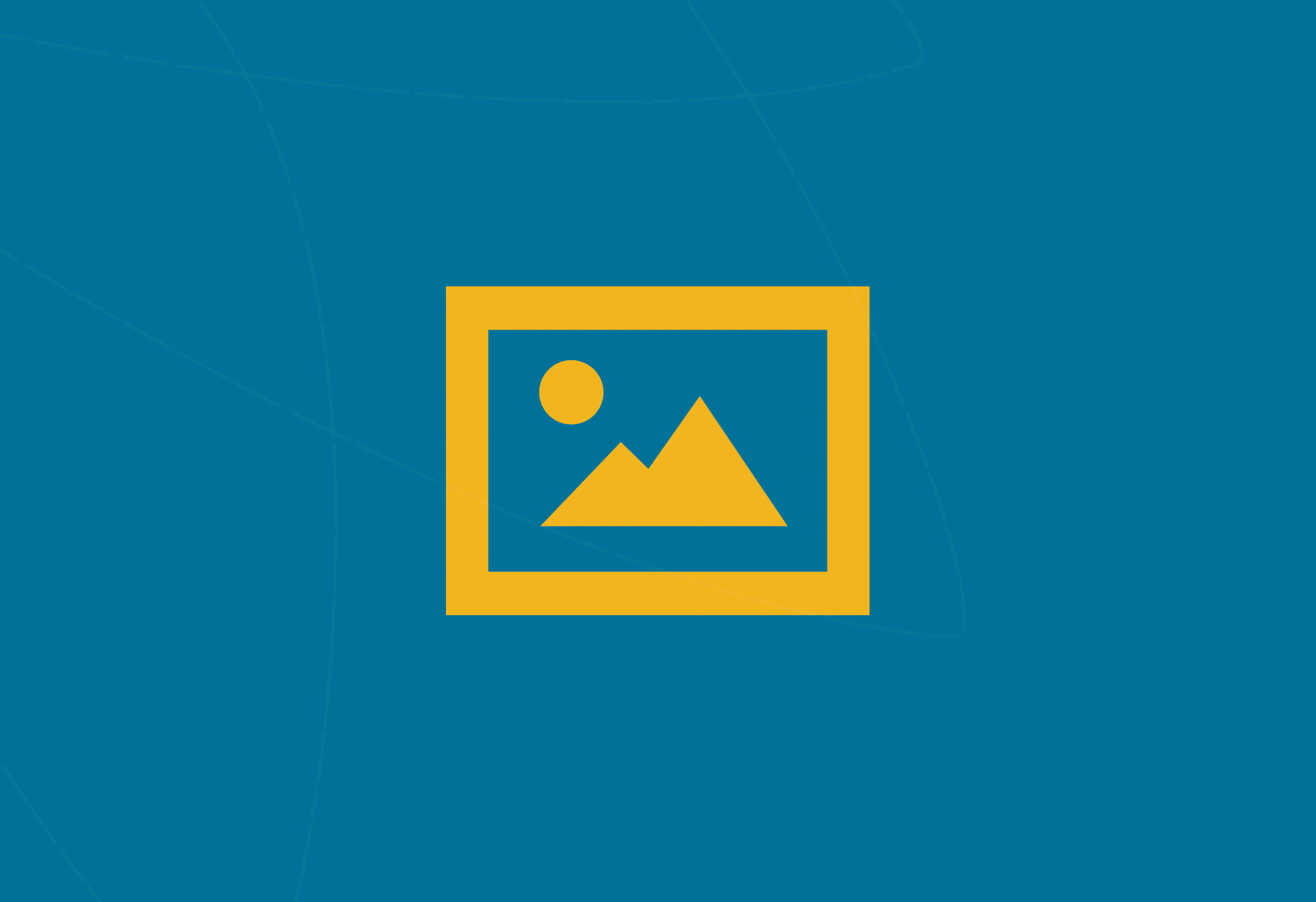According to the 2014 State of the Birds report, over half of North American shorebird populations are imperiled.
Despite this grim outlook, the authors of the report declared that “conservation works” and highlighted the recovery of the American Oystercatcher to illustrate this claim.
While many shorebird populations are declining, the American Oystercatcher population in the United States has increased by 10 percent since 2009.
The report attributes the strong recovery of the species to the first-ever Business Plan for Conservation that was launched in 2009 by Manomet and the U.S. Fish and Wildlife Service.
Shiloh Schulte, the coordinator of the Oystercatcher Recovery Campaign, said that “this conservation story is all the more impressive because the species was in decline throughout the late 90s and early 2000s. Our conservation partners embraced the recovery goal and continued to work hard to build on this success.”
The success of the campaign inspired Manomet, the U.S. Fish and Wildlife Service and several other conservation organizations to develop the Atlantic Flyway Shorebird Conservation Business Strategy.
“The Flyway Strategy represents the most ambitious effort to recover shorebird populations ever undertaken,” said Shorebird Recovery Program Director Stephen Brown. “We are applying the collective effort of a large partnership of organizations.”
The National Fish and Wildlife Foundation’s board recently adopted the Atlantic Flyway Shorebird Business Strategy as one of their key conservation initiatives.
Manomet is planning to collaborate with government and nonprofit partners to implement conservation projects in the Strategy that will address threats to shorebird populations. The project will target many of the species highlighted in the State of the Birds report watch list, including the rufa Red Knot and Piping Plover.
The State of the Birds report also recognized the Western Hemisphere Shorebird Reserve Network for protecting over 32 million acres of key habitat throughout the Americas for shorebirds and Manomet’s International Shorebird Survey for providing key data on bird populations for the report.





 Back to all
Back to all